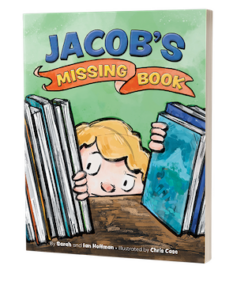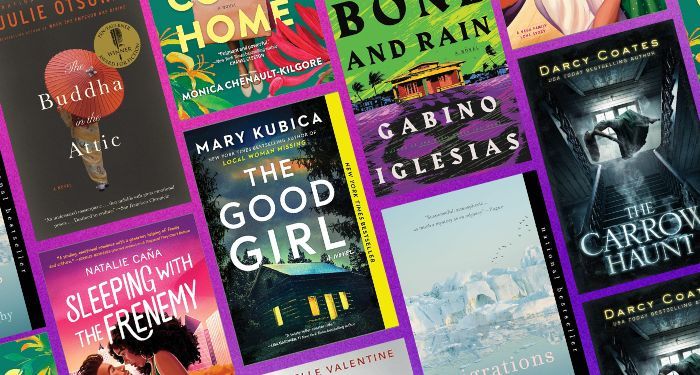Building good banned book displays is more important now than ever. For those of you who need a brief highlight reel of the kinds of issues that have been popping up in the library community lately, let me list a few. For example, censorship has increased 148% in Florida since 2021. A school district in Texas is banning all books about gender fluidity. Iowa can enforce book banning now, thanks to an injunction. Bomb threats are shutting down libraries left, right, and center. No wonder library workers are burnt out. Entire parts of history textbooks are being rewritten or banning sections entirely. These are just stories from this past summer! Things are dire, people. If you’re not subscribed to the Literary Activism newsletter, click here and follow along with what the United States is up to in all book censorship news.
It’s not all bad, however, and it’s important to remember that the things we do, no matter how small, matter to others in our communities and can make a difference where we live. Some public libraries are fully filling their board seats; people are protesting, others are voting bigots off school boards. While staying informed is important, it’s easy to get bogged down in all the negative reports. Don’t forget, however, that it’s regular humans, like you and me, who are prosecuting libraries. It stands to reason that more regular humans, like those writing and reading this article, are able to defend them as well.
What a Good Banned Book Display Must Have:
All good banned book displays have an explanation of what censorship is and of the purpose of Banned Books Week. It’s not a celebration of banned books—it’s a movement to bring awareness to censorship and a celebration of our freedom of choice to read whatever we deem appropriate for ourselves.
- What banned books are. Some people are unaware that censorship is still a problem today. Be sure to explain censorship in general and to your library specifically.
- Be clear about why certain titles were banned so patrons can see what is being challenged.
- Make staggering facts big and plainly visible. This is another way to bring patrons’ attention to censorship in libraries. Many folks don’t know that there were over 1,200 challenges to censor library books in 2023, or that they can see those censorship attempts by state.
- Make the focus or purpose of your display clear. Do you want to display what percentage of authors banned are people of color? How many are LGBTQ+ members? Do you want people to understand the increase in challenges in the US overall? Do you want to inform them about the titles most recently challenged? Or, all the legislation around book censorship in the last year? Whatever it is, choose one. Make the focus clear so there’s no doubt about what the display is illustrating.
- Consider your audience. You know your community. Who is in it, who is missing, who would benefit from this information, and who already knows it. You can build the most creative, most awe-inspiring display in the history of libraries, but if no one who sees it understands the point, then the whole exercise was for naught. Don’t just think about what makes you, the builder, most incensed, but think about what will make the biggest impact for your demographic as well.
Other Things to Consider:
Here are a few other things to consider when making your banned book library display.
Interactive displays. Interactive displays get more, well, interaction. Make a display where something is revealed from a card flip or a paper bag reveal. Have people pull or slide a tab or information. Let people tally on a display how many of a list of banned books they’ve read. They can reflect on their own reading journey and also see the kinds of books other people in their community are reading.
This year’s Banned Books Week is September 22-28, with the theme “Freed Between the Lines”. Head over to the American Library Association’s website where they have more information about banned books and free downloads for this year’s theme.








